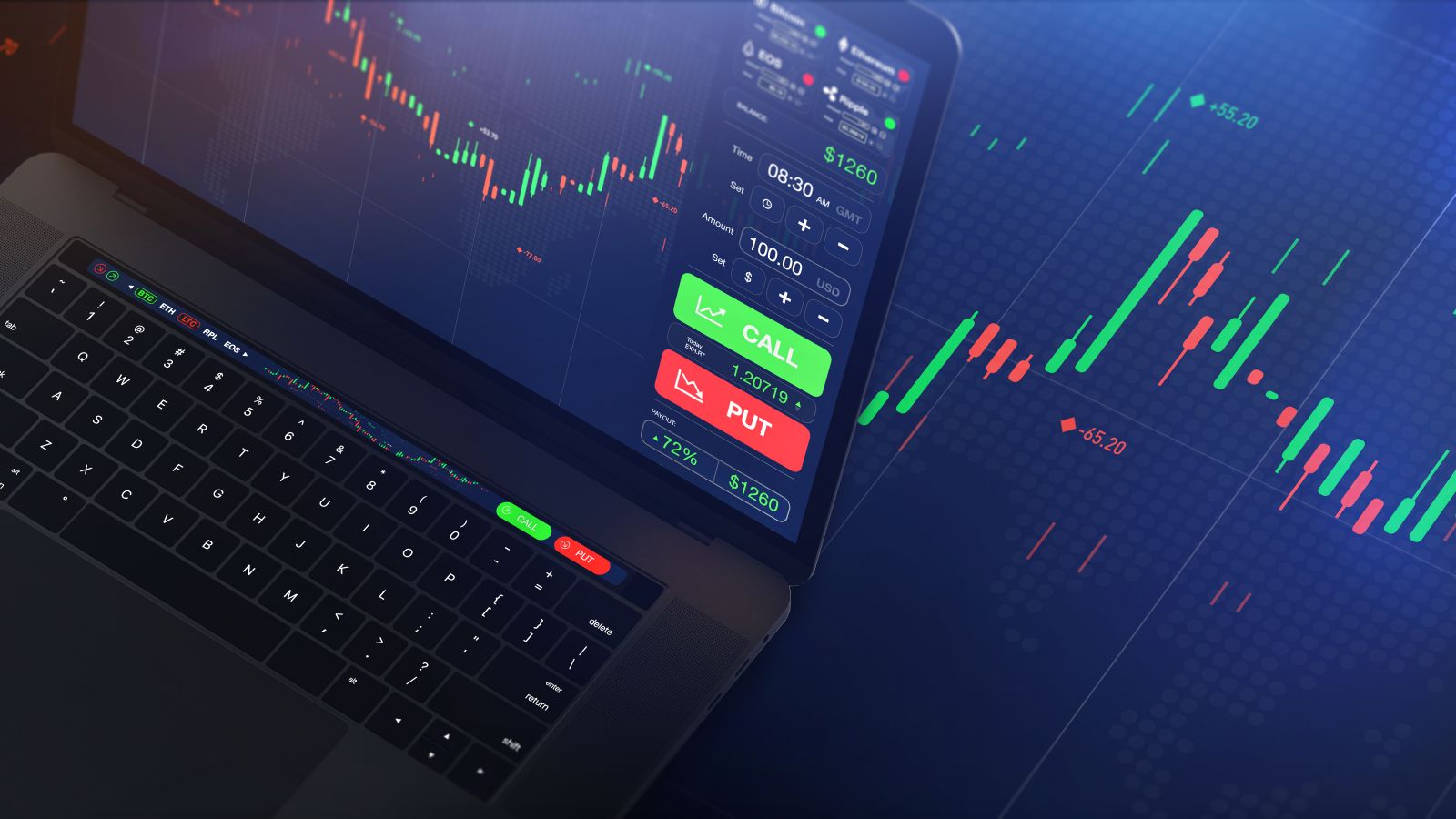
Penny stocks are wildly risky and by definition, TrueCar (TRUE) falls under the extremely speculative category. An online automotive information and communications platform, TrueCar enables users to obtain market-based pricing data on new and used cars. It’s a nifty tool but one that has clearly fallen prey to the rough business environment of the post-pandemic era.
There’s no denying that TRUE stock is ugly by practically any measure. Most conspicuously, the equity is trading hands at less than two bucks a pop, an ignominious label. Further, on a year-to-date basis, TRUE has hemorrhaged nearly 58% of value. About the only piece of good news is that in the past five sessions, it managed to gain 19%.
Whether that’s enough to arrest the downward slide remains to be seen. What did make the arena somewhat interesting is Barchart’s unusual stock options volume screener. TRUE stock slotted in the third spot in terms of aberrant volume trends.
On Monday, total options volume hit 3,978 contracts against an open interest reading of 1,236 contracts. With the former metric being so much larger than the latter, this signifies that these are new positions being opened. Further, Mondays’ volume spike represented a 1,221.59% lift from the trailing one-month average. Statistically, it’s notable that all 3,978 contracts were calls, yielding a put/call ratio of 0.
Further, a review of options flow data — which focuses exclusively on big block transactions — showed net trade sentiment at $9,200, with no dollar volume allocated toward the bearish side. In other words, these unusual calls were debit-based transactions: they represent “direct” wagers that TRUE stock will hit the $2.50 strike price plus the premium of 5 cents to break even.
That’s quite an aggressive bet, which brings us to the next topic: the true demand profile of TRUE stock.
Why TRUE Stock Could Potentially Pivot Soon
As great as analyzing unusual options activity is, it will always be a second-order signal. In other words, unusual options volume represents a consequence, not a causality. A deep dive into other second-order signals, such as implied volatility and put/call ratios, only confuses the unknown with more math.
Even studying the primary signal, price, is not nearly as effective as it would initially seem. For example, technical analysis is the study of prior pricing behaviors to predict future price. But the problem with this methodology is that price — much like any other financial performance metric like revenue or earnings — is a continuous scalar signal.
Indeed, price is not the equivalent of demand. Rather, price is merely the recording of when demand was exercised at a given time and space. Demand, which is the actual impetus that pushes a fence-sitter into becoming a buyer, is a discrete, binary event. Demand is either happening or it’s not.
Fundamentally, the infinite continuum of scalar signals makes them inappropriate to conduct probabilistic analyses. However, through the process of discretization or abstraction, one can frame price action into a binary “genetic” code. This code can then be categorized and quantified — leading to a conducive canvas to apply Markovian principles.
That’s a complicated way of saying that transitions between prices are extraordinarily difficult, if not outright impossible, to decipher. However, transitions between different behavioral states can much more easily be analyzed through a Markov chain of custody.
Specifically for TRUE stock, in the last 10 weeks, the equity printed a “3-7” sequence: three weeks of upside interspersed with seven weeks of downside, with a downward trajectory across the period. The significance here is that the 3-7 sequence has a roughly 61% chance of upside in the subsequent week based on historical trends.
Notably, the 3-7 sequence flashed four times in the past three years, with each instance leading toward a bullish sentiment reversal. Of course, there’s absolutely no guarantee that the same will materialize again. However, for extreme speculators, it’s worth keeping on the radar.
Plotting a Bullish Strategy for TrueCar
Right now, the most aggressive strategy for TRUE stock involves replicating the options flow activity, which involves buying the $2.50 call with an expiration date of July 18. Frankly, I’m hesitant. With a premium of 10 cents, TRUE must reach $2.60 just to break even, which is almost 66% higher than Monday’s close.

Instead, a better approach may be to throw some pocket change at it in the open market. Based on forward projections of past empirical data, under the positive pathway, TRUE stock could reach a median price of $1.69 over the next two weeks before settling around the $1.65 level.
If circumstances go awry, speculators are looking at a possible median low of $1.45 over the next two weeks, with the security gradually rising to around $1.46.







